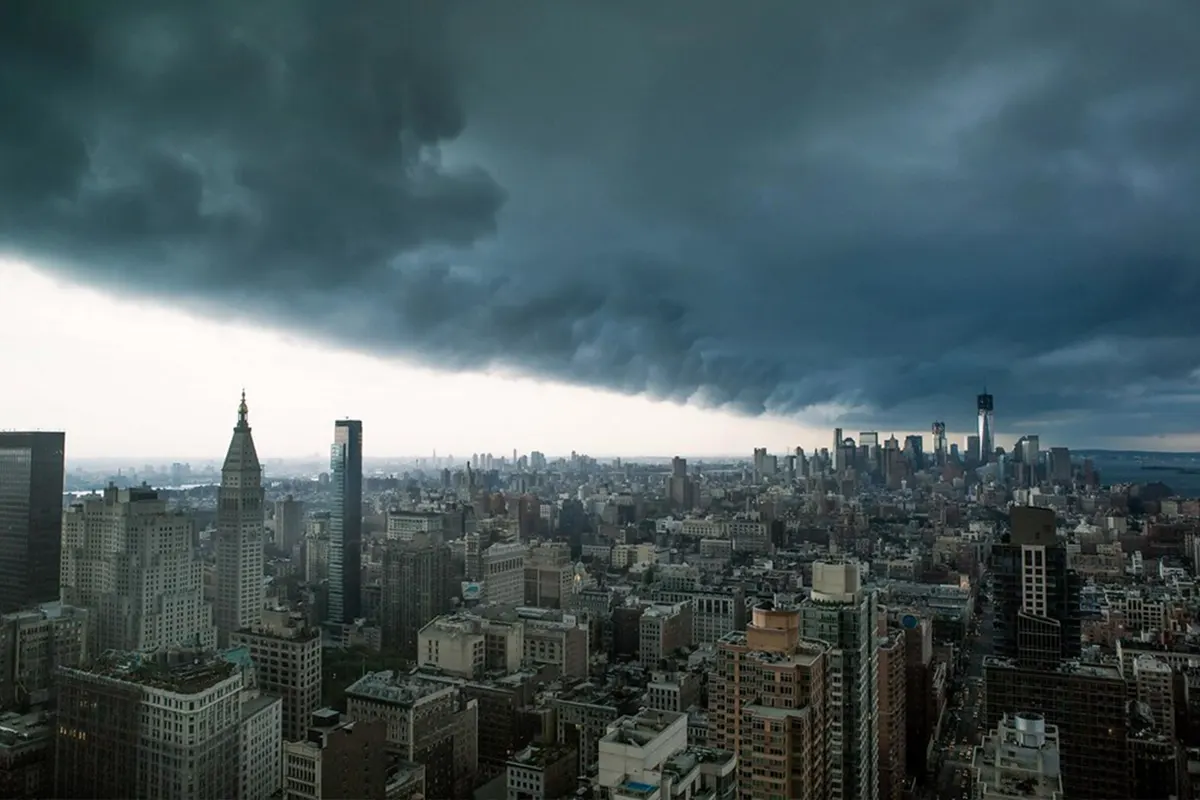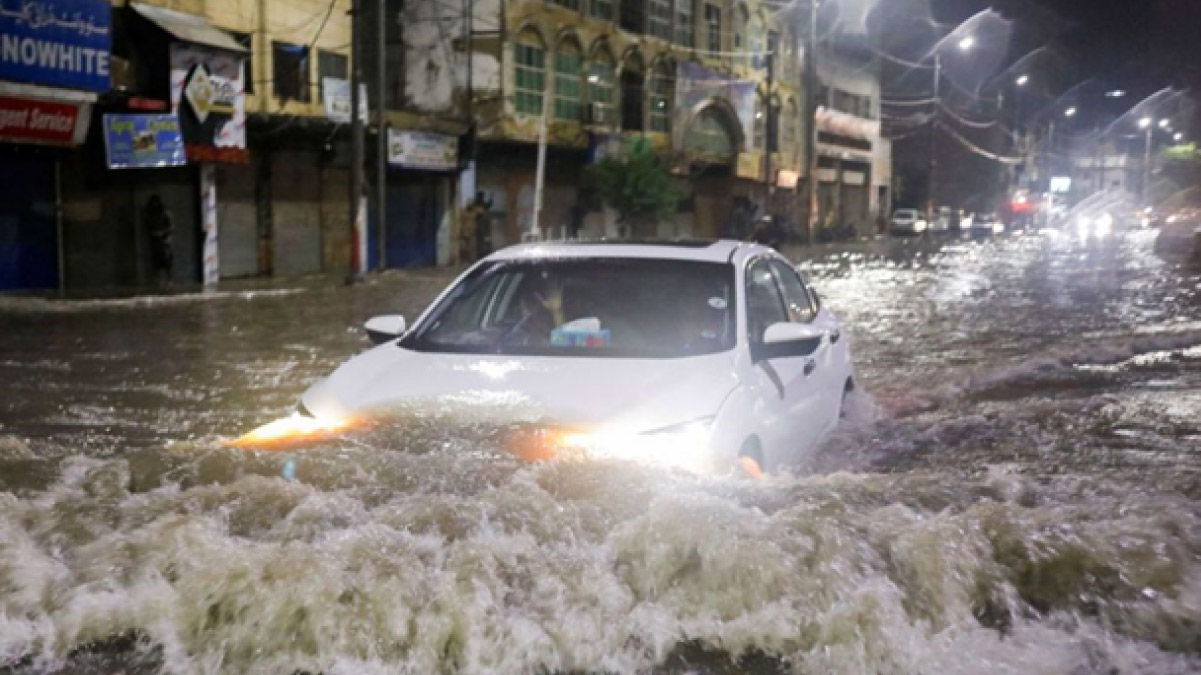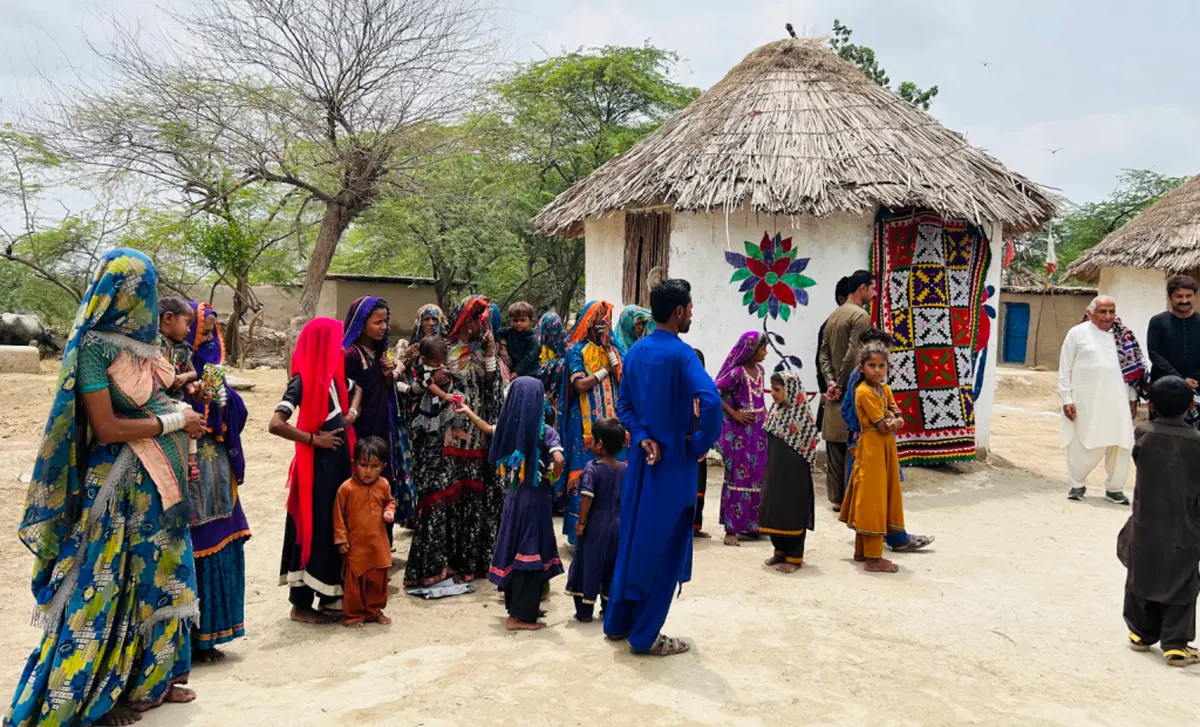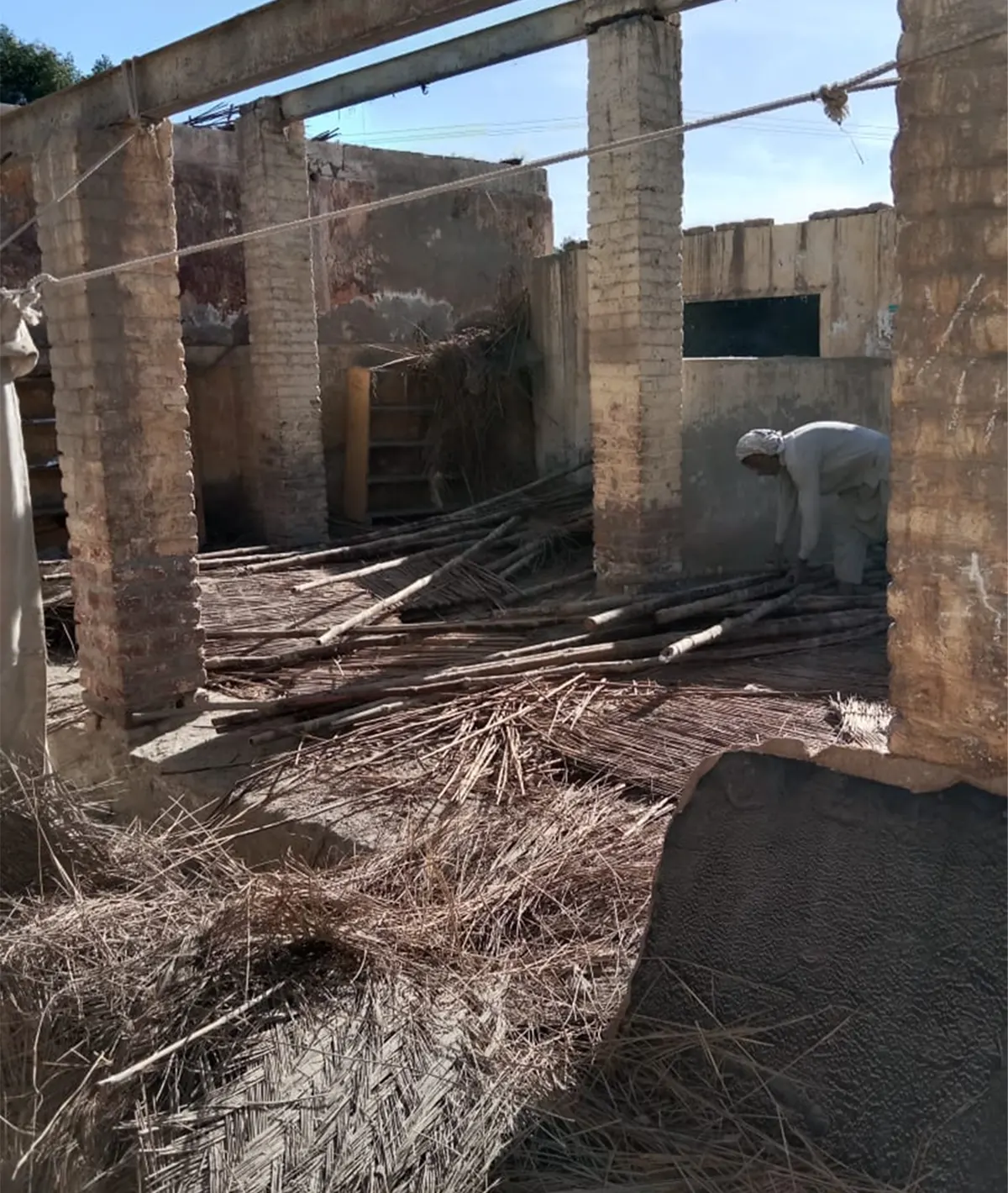James Booth Interview
This April, I had the privilege of sitting down and talking to James Booth, a science professor who I had known from his coming to my school last year to be part of a lunchtime discussion I helped initiate on the issues of rising floods at my school. Professor Booth is part of the CUNY system and currently focuses on projects on the statistical analysis of hazards of climate change and creating climate models.
Ammad Zuberi (AZ): Could you tell me what brought you into studying climate change and its effects? What got you interested?
James Booth (JB): It was really the mathematical and scientific aspect of the issue. I was interested in the idea of fractals and using math to represent the pattern of things in nature. Particular concepts such as climate feedback, the idea that one change causes a system to go back and increase that first change, really got me interested. One example is the ice and reflection effect, if more ice grows to cover the ocean, the increased cover will increasingly reflect the sun, cool the earth, and create more ice growth, currently the opposite feedback loop is in effect. Improving models to quantify the effects and damages of climate change is also what interests me. In my own words, I work to identify weather hazards and precipitation in order to improve climate models.
AZ: How do you quantify the effects of severe damages?
JB: Work that I do involving climate models, relies on simple physics. The comprehensive complex models use math equations in physics, accounting for details such as land surface, atmosphere and cryosphere conditions. One such area is where we look at heat waves in the future wondering how land use changes could affect the severity, with multiple different projections using different data. It’s a big field with a lot of other people working on it, using models to estimate how a storm is different from how it would have been without climate change. These numerical models are based in a counterfactual climate to compare the storm with and without conditions induced by climate change as recorded from other climate data, these models indicate the severity of climate change. We can then use the models to predict a storm 50 years from now, based on how the atmosphere looks at, and estimate the future of our planet.
All of these things are estimates, as many different techniques as we can to make the best prediction. We have a so-called hierarchy of models to look at the same projections with different models, some more complex, more straightforward, and if the two are giving relatively similar numbers, you know the prediction is valuable. Certain models have been extremely successful, such as those rendering the globally average annual temperature of the earth which are very accurate, but it is more difficult to have a great model looking at something more specific, not a global average, say one small region in the earth temperatures, the smaller the region the more difficult the prediction. Areas such as the center of the pacific ocean, with its massive ocean circulation are very difficult to accurately predict outcomes for.
AZ: How is New York being affected by climate change today, the city where we live?
JB: There are three major issues that are currently affecting the New York climate. The frequency of heatwaves, sustained temperatures above 80 degrees Fahrenheit for days and nights is increasingly endangering those without air conditioning. The sea levels rising over the coast of New York variably causing more flooding even in times when there are no storms, needs to be addressed by the city. Lastly, heavy precipitation is causing an increase in the strongest rain rates in daily and hourly time scales. Hurricane Ida recently was an amazingly large rain event, to a scale New York has never experienced before. Dangerous events such as Ida mean that New Yorkers are going to have to pay more attention to the weather forecasts, if people are able to find shelter and pay attention they should be fine. The danger in weather events such as sustained heat waves need drastic measures for the city, because if parts of the city lost energy during heat waves, it would be deadly.
AZ: How do you think you can persuade the populous as a scientist that there needs to be a greater emphasis on climate issues?
JB: Thus far I still simply focus on understanding the physics of the storms, but I feel that better channels of communication are key for more collaboration. With more collaboration with communication experts to bridge that gap, scientists can start conversations with communities on climate projects and why they are needed. If you these conversations are then developed they will establish trust with communities, where everyone will be willing to work together towards a solution, there won’t be a situation any more where people think a distant scientists are starting projects based on issues they vaguely understand, the collaboration will allow us to have a concerted response against the clear hazards of climate change.
Though, for many people short term issues such as lack of money and resources trump all other problems which they don’t have time to worry about. Changes in policy to achieve items such as increasing wages and finding ways to devote resources to people without them would have to be made before these people could even have the time to worry about climate change.
AZ: Do you think it’s possible to avoid the worst of climate change? If so, how do you think we’ll have to do so to change our ways?
JB: I think there is a path forward through non-fossil fuel energy generation, a way that will encourage the market to support the green transition. Simply, it will eventually be really hard to use fossil fuels as they are nonrenewable and a finite resource so clean energy is not only climate-viable but also economical. The election cycle is also definitely important, we need candidates who believe in the issue of climate change and will take it seriously. Overall, I feel there is still a path that we can chart through to limit climate damages.
Projects
Hello I’m Ammad Zuberi, I’m sure you’ve heard of the devastating
On my trip to Pakistan this summer, I had the amazing opportunity to go and survey the sustainable village project that I had raised funds for in 2022 after deadly floods dislocated 33 million people in Pakistan.
On my trip to Pakistan this summer, I had the amazing opportunity to go and survey the sustainable village project that I had raised funds for in 2022 after deadly floods dislocated 33 million people in Pakistan.




